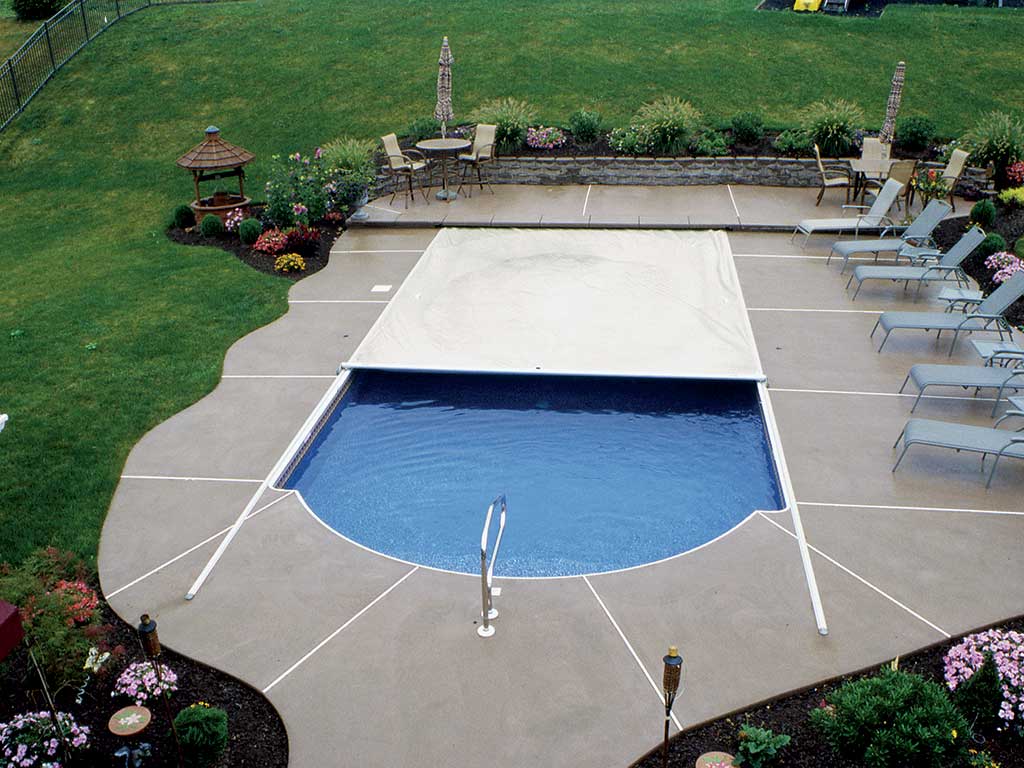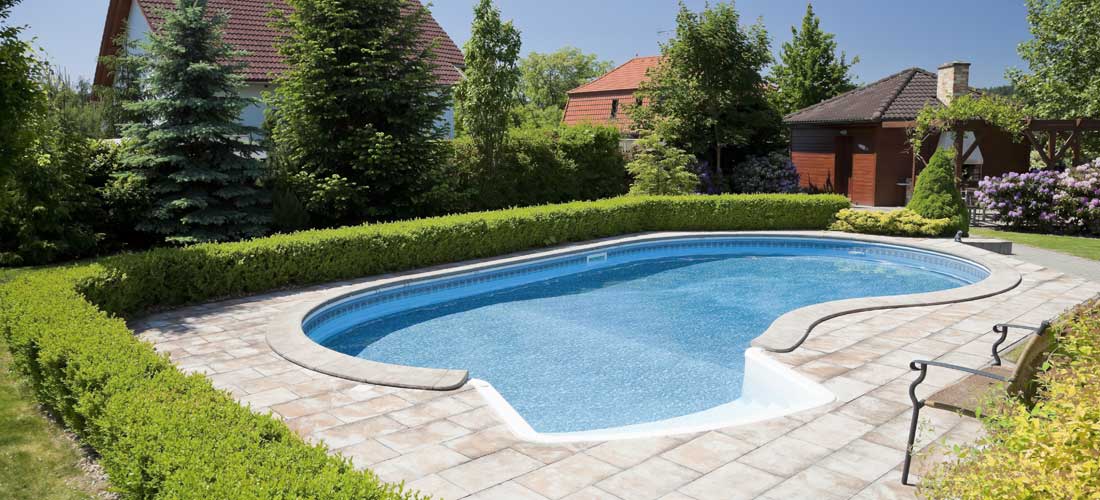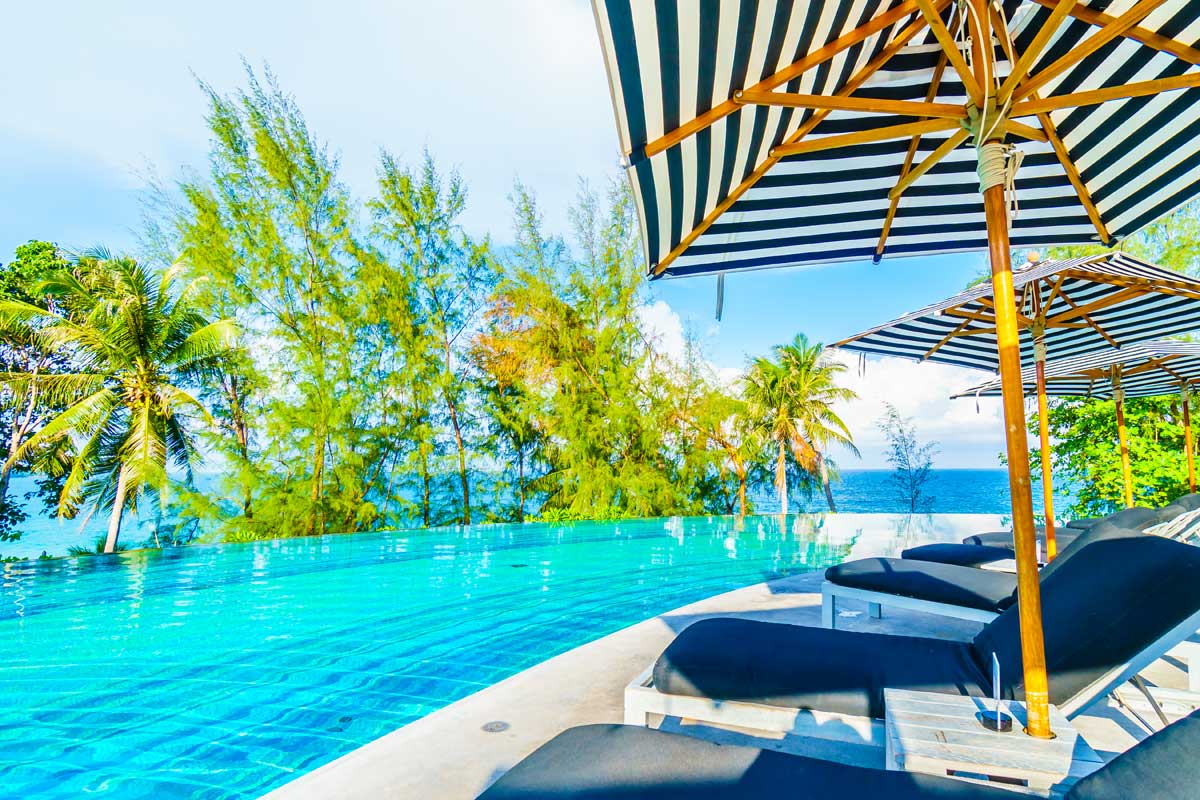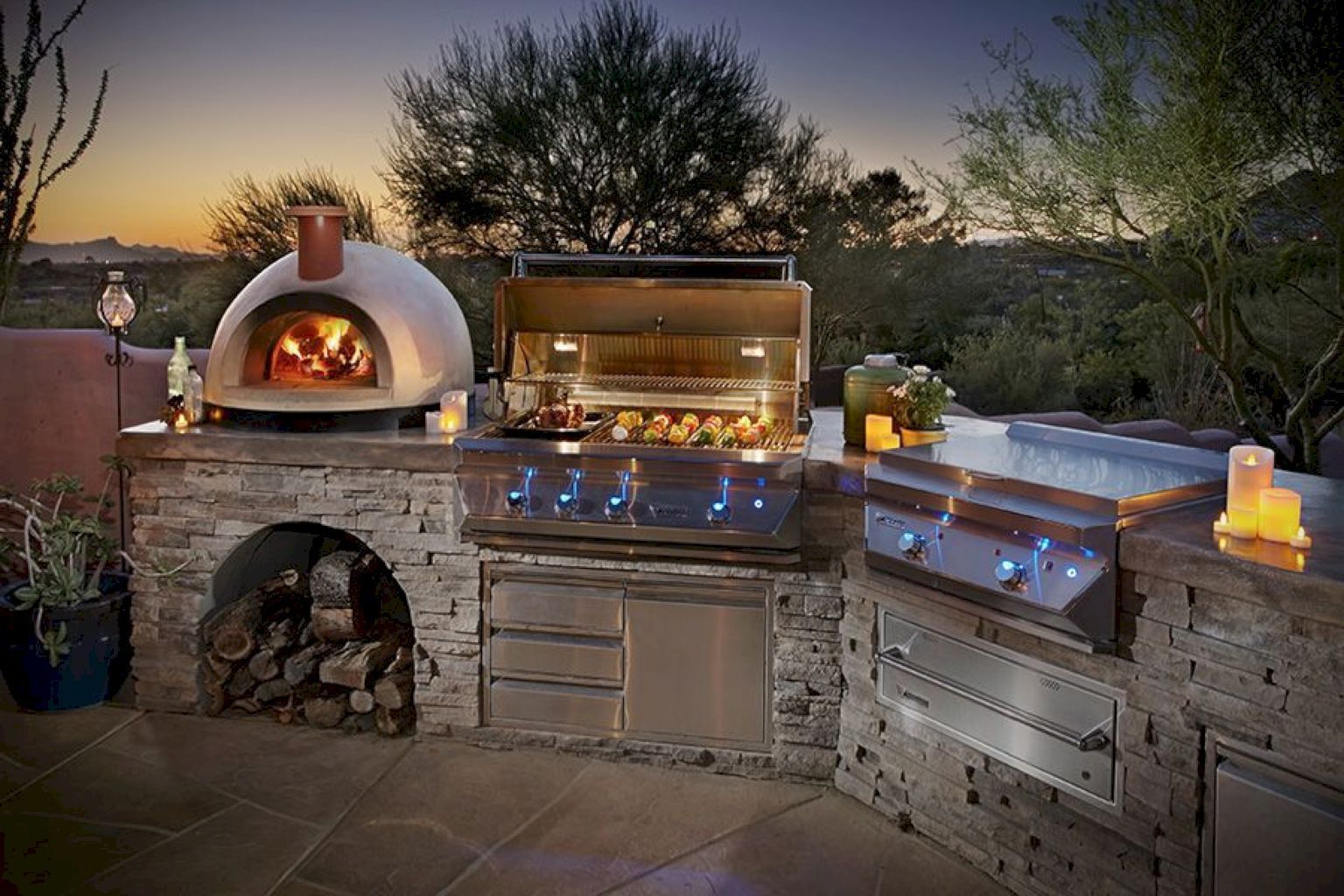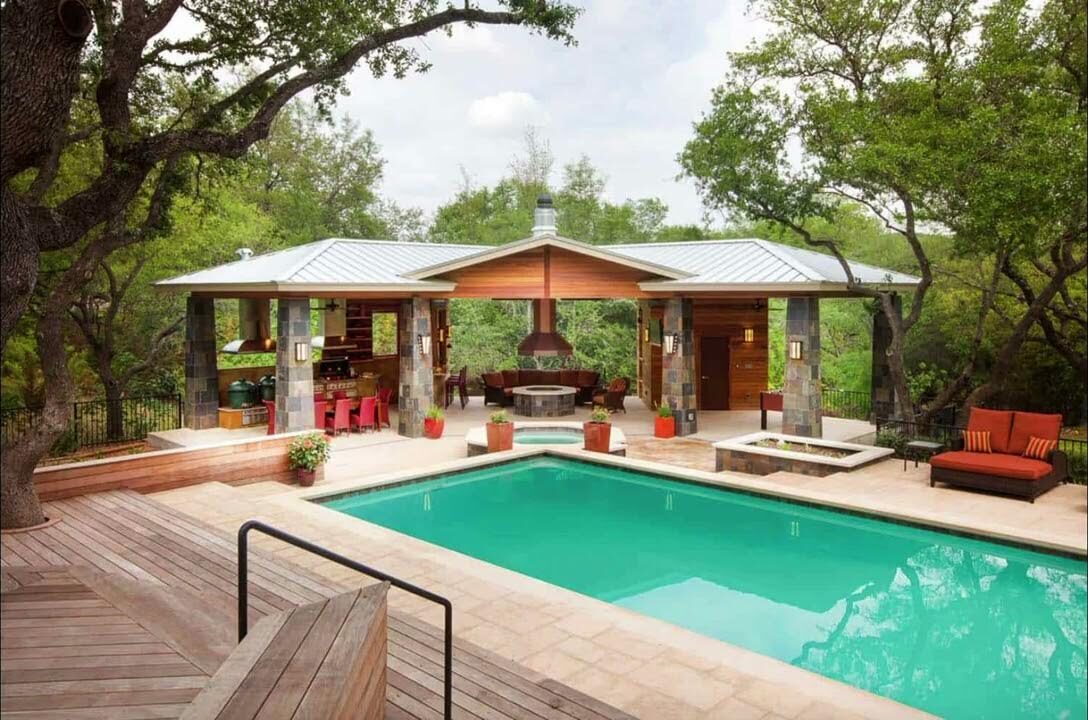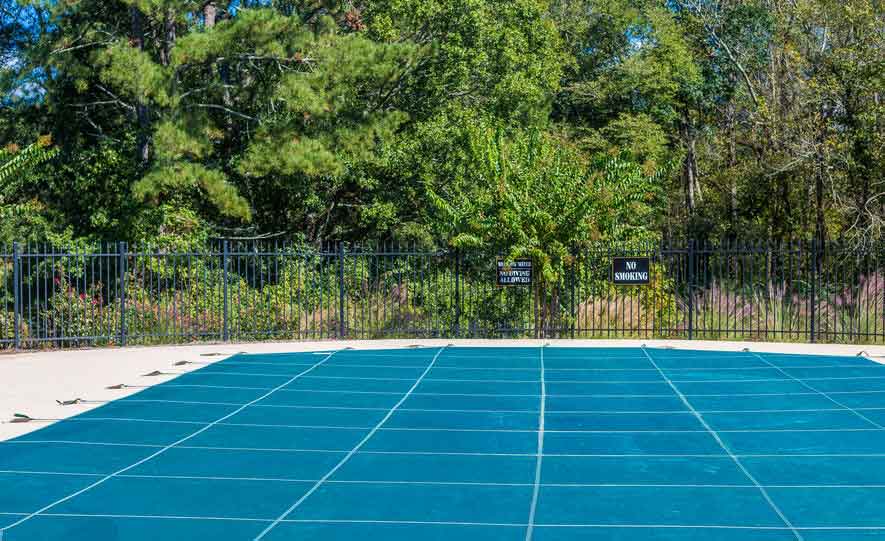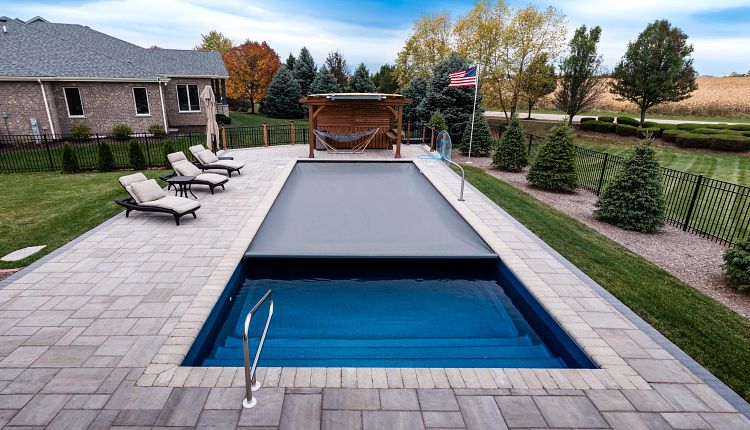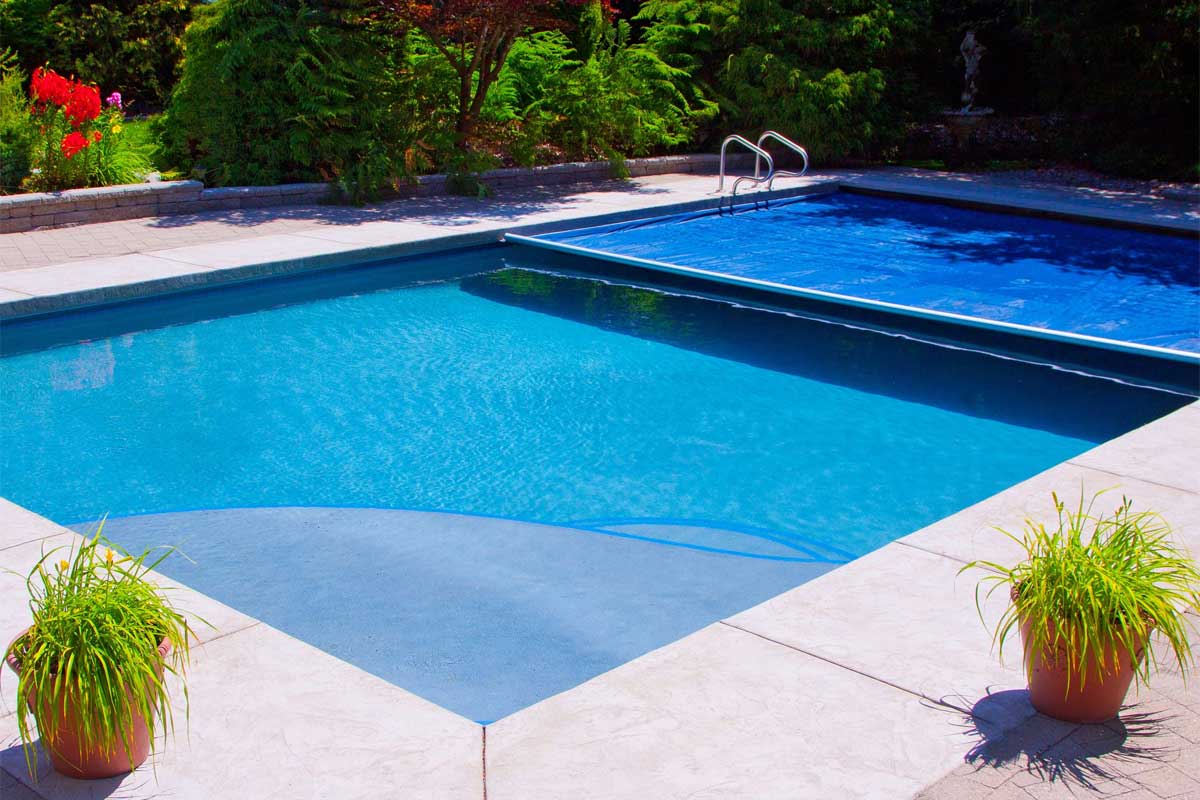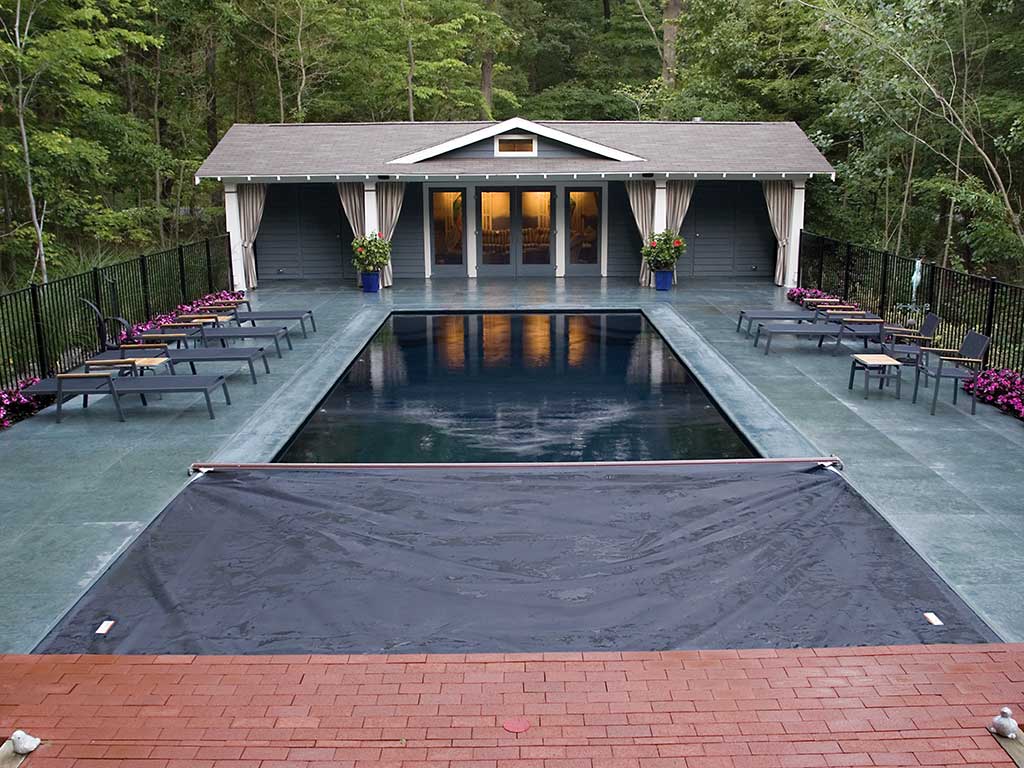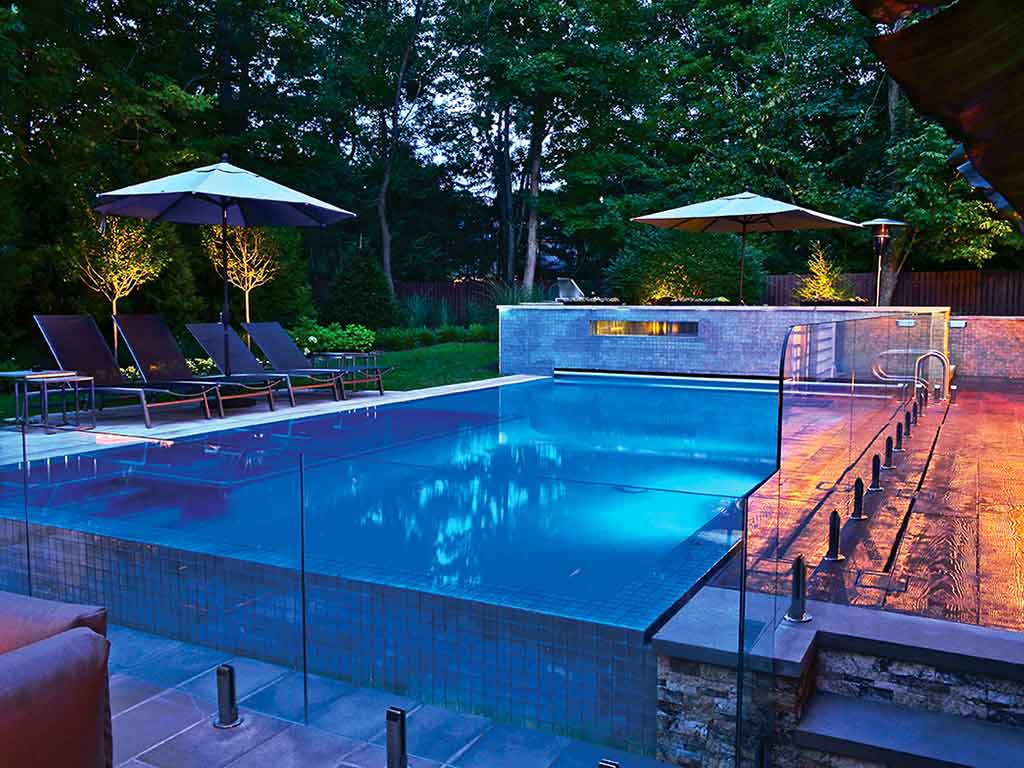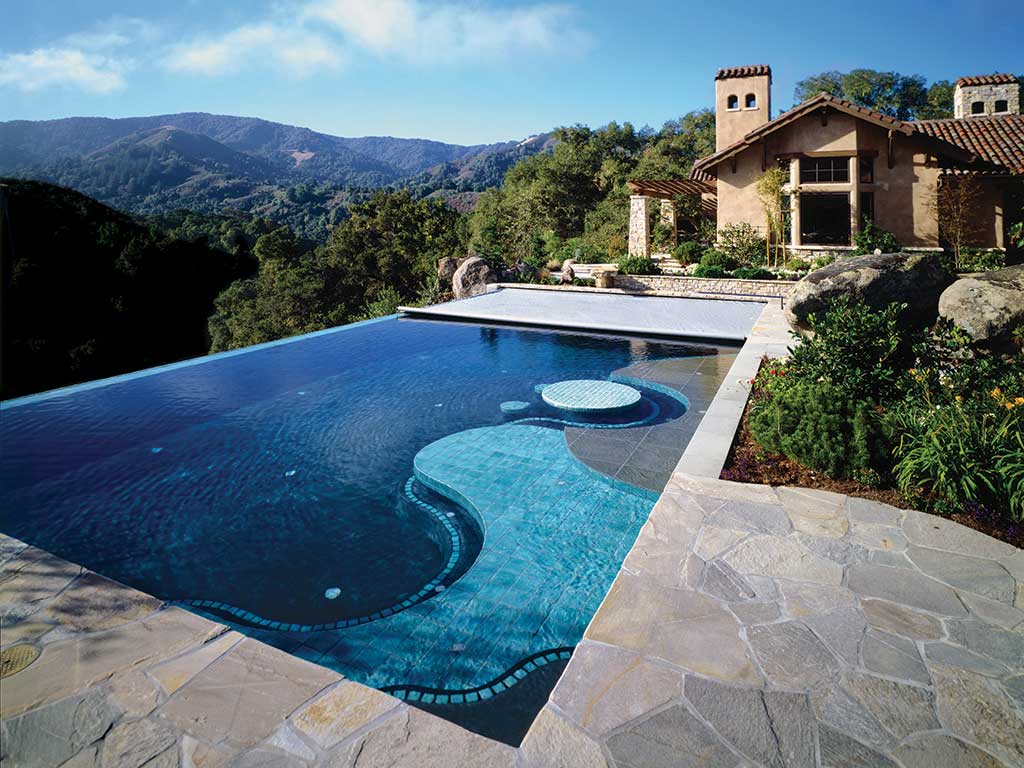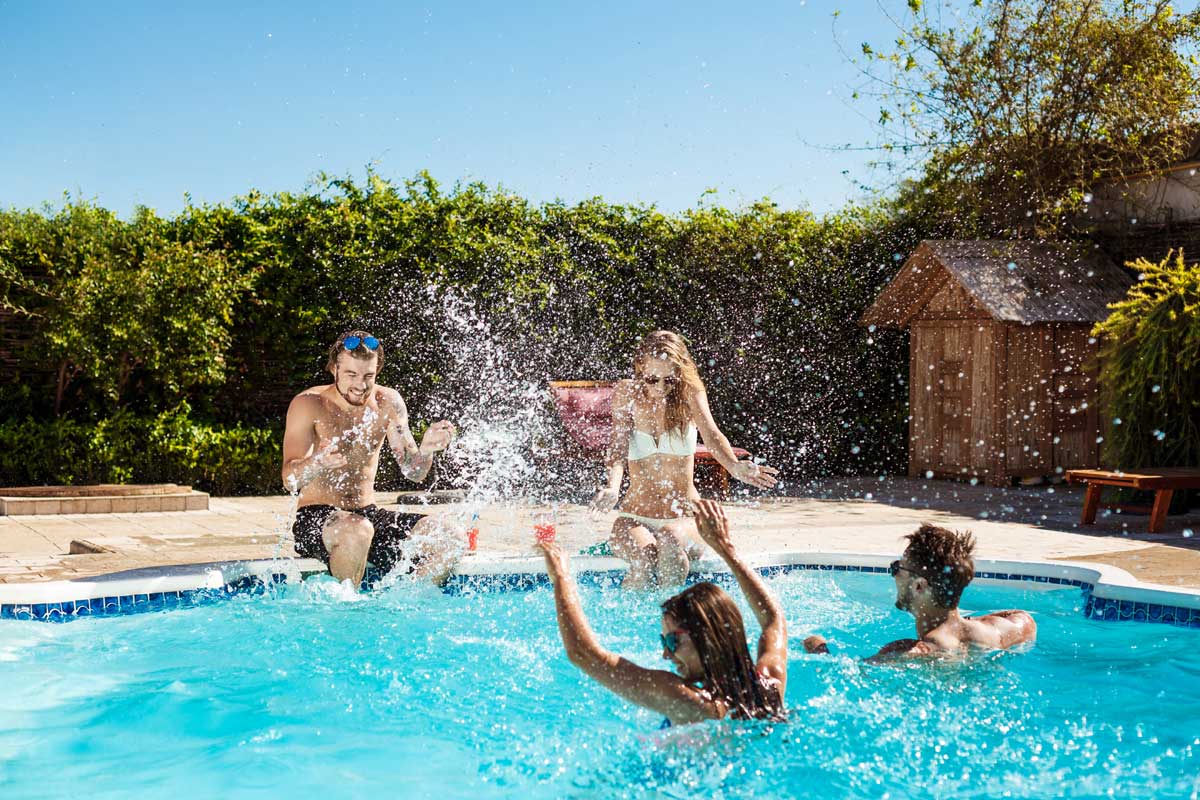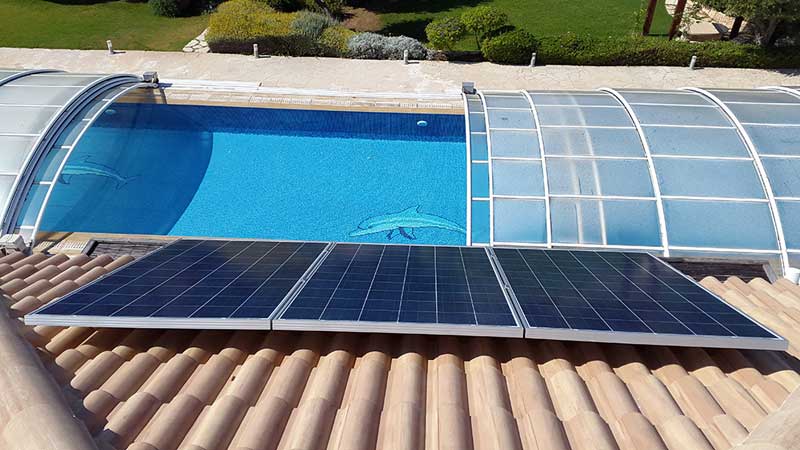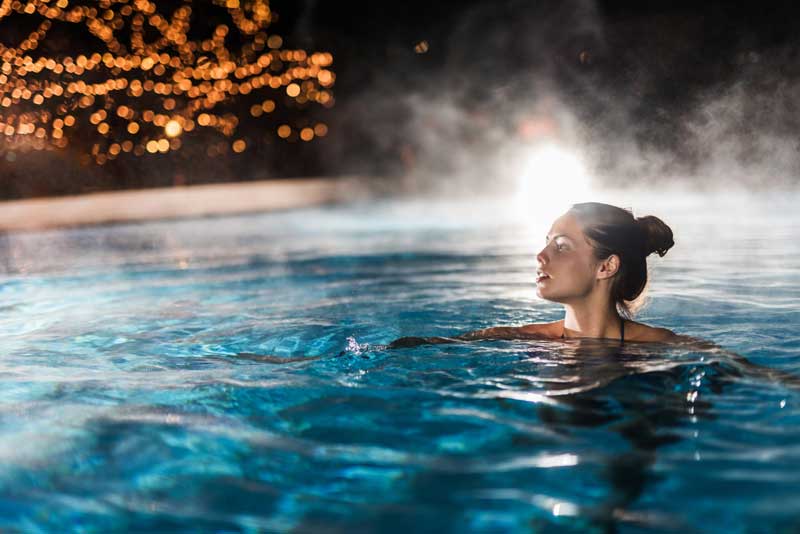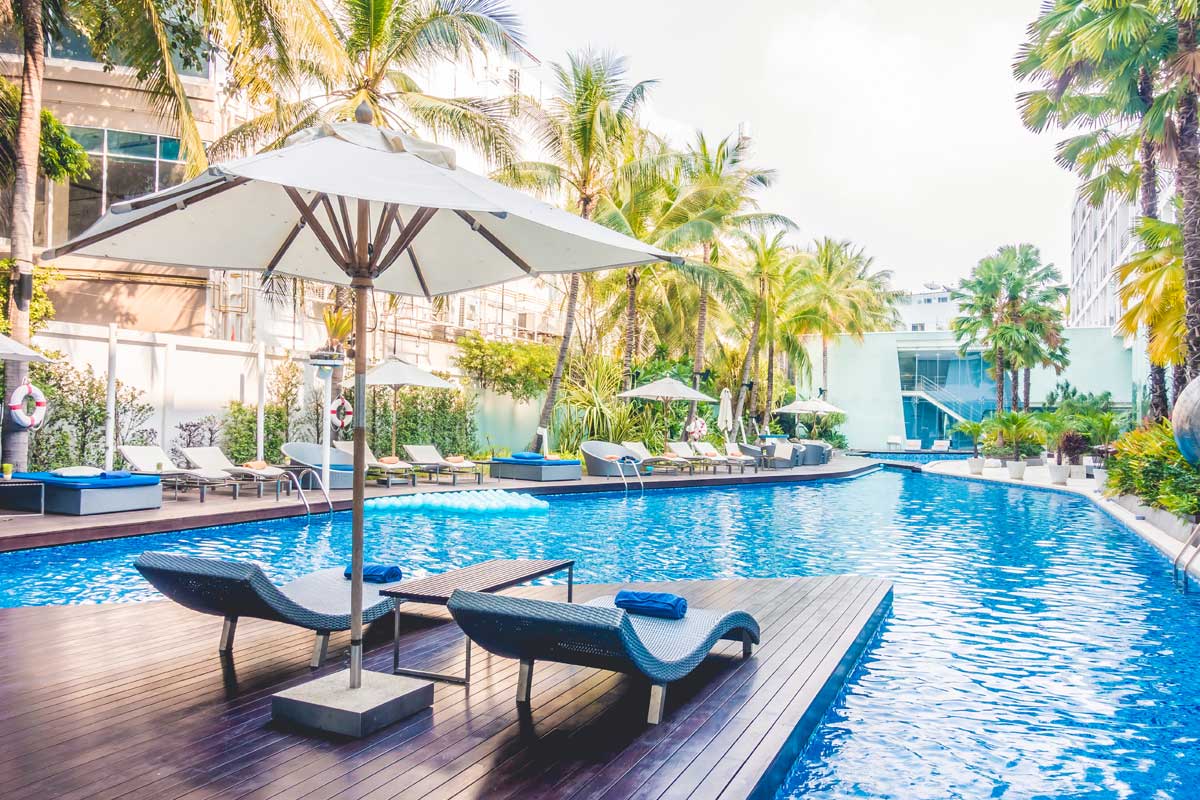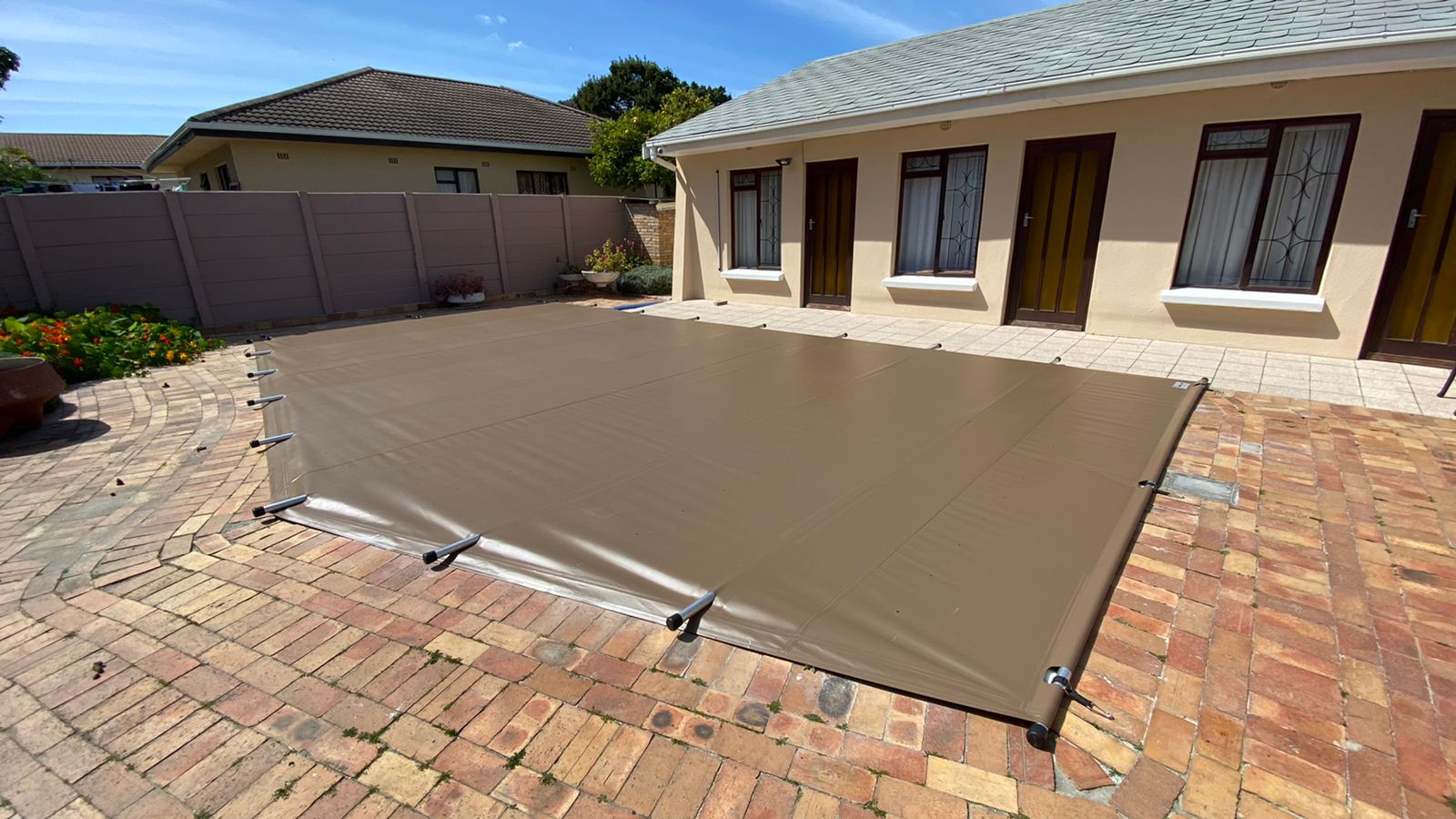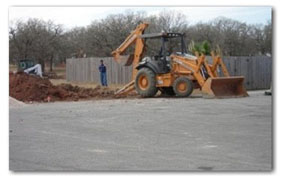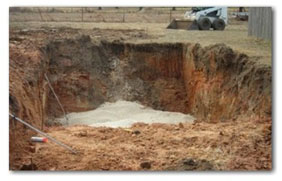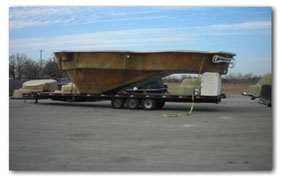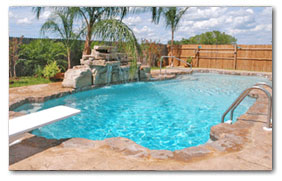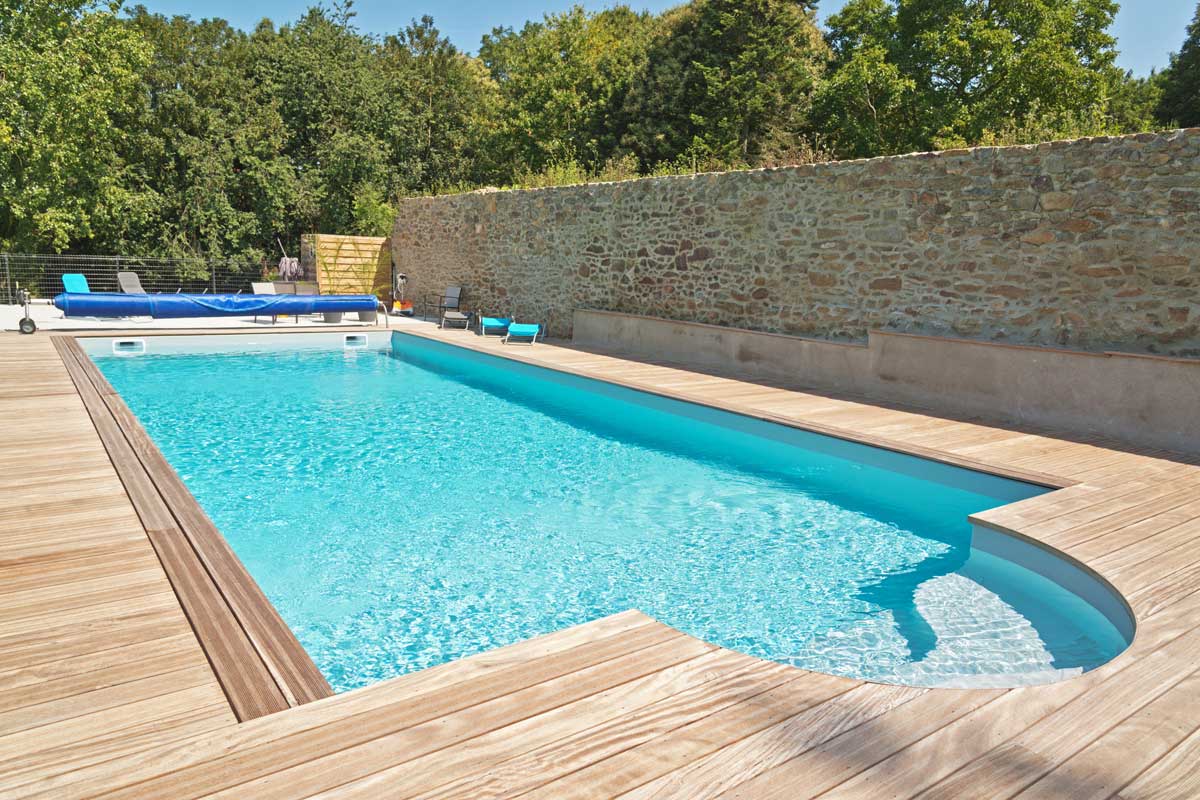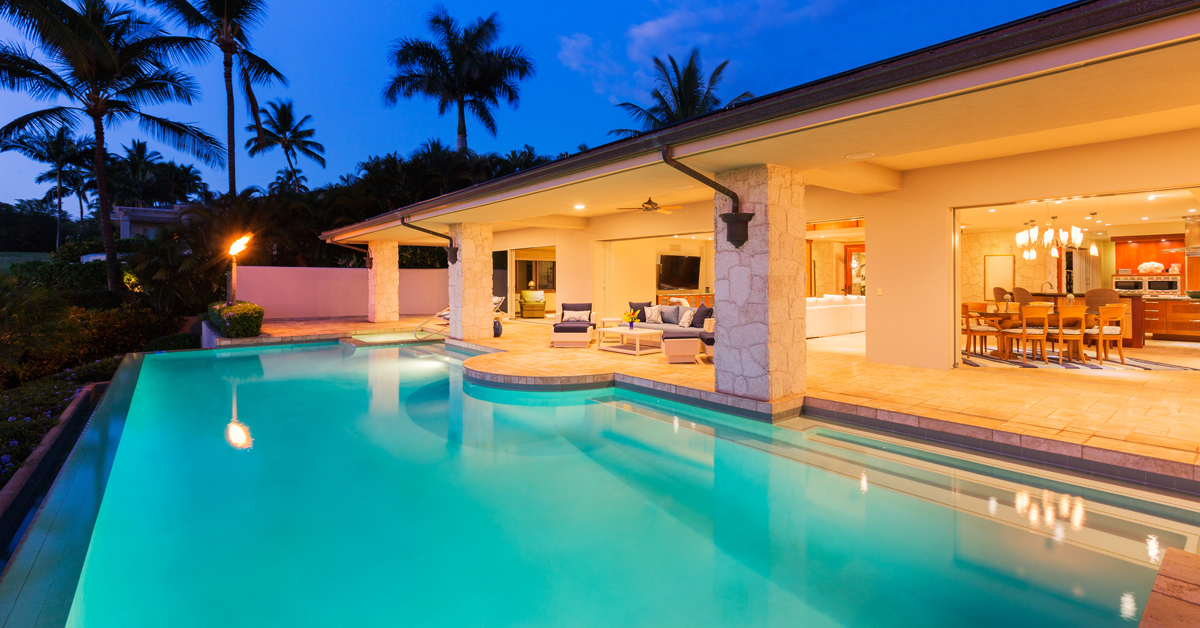Are You a Resident of Virginia Seeking to Swimming Pool? Virginia’s 2023 Inground Pool Prices
If you don’t feel comfortable swimming in lakes or other bodies of water, Virginia provides the ideal opportunity to beat the heat by having your very own inground pool.
Here’s a fascinating truth about Nachman: our pools are really made right here in Virginia! We can certainly promise you that getting an inground pool in Virginia is well within your reach thanks to our broad expertise in the pool industry and extensive experience in installations. “What are the expenses involved in establishing an inground pool in Virginia?” is the critical question that’s been on your mind. We are here now for that same reason, rest assured. With the help of this in-depth discussion, we hope to provide you with all the knowledge you require about Virginia’s inground pool prices.
As a starting point, let’s look at the numerous possibilities that Virginians living in this lovely state have at their disposal. We can create any style you have in mind, whether it be a sleek, contemporary aesthetic, a timeless, refined appearance, or a kid-friendly pool. The various pool materials, including vinyl and fiberglass, will be covered, along with their prices. You will be able to make a choice that fits your preferences and financial constraints if you are aware of the wide variety of possibilities available.
You’ll be well-prepared to start this exciting pool owning journey by investigating the numerous pool alternatives, comprehending the accompanying costs, and taking crucial variables into account. So let’s plunge in and discover the interesting world of Virginia fiberglass inground prices!
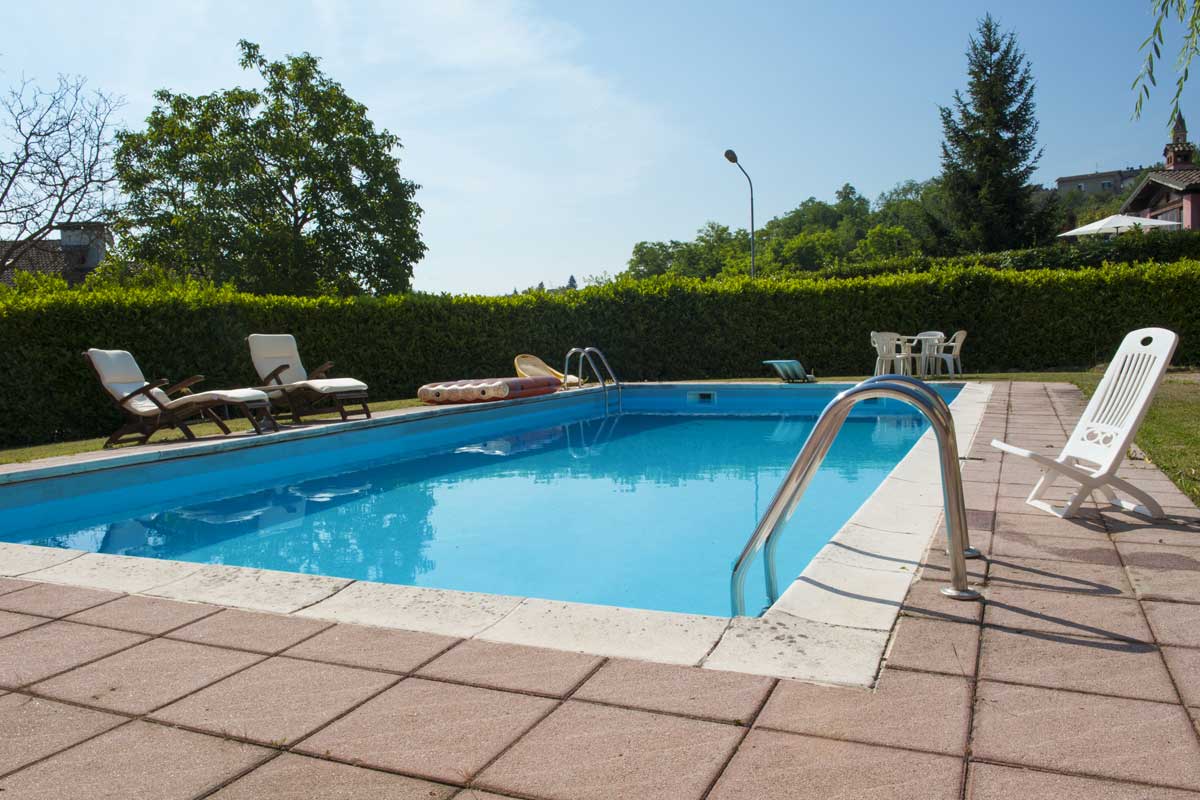
What Are the Pool Options in Virginia and Their Costs?
You can choose from a wide variety of swimming pool alternatives in Virginia, including the three basic inground pool types: fiberglass, vinyl liners, and gunite/concrete. However, how can you choose the type that best suits your needs and interests when presented with such a choice? Let’s examine the unique qualities of each type of pool and their associated prices to give you useful information that will help you make a decision.
Gunite/Concrete Pools
Gunite pools, commonly known as concrete pools, combine toughness and adaptability. These pools are recognized for their versatility in that they can be customized to almost any desired shape or size. It’s crucial to remember that the complexity of the design may have an effect on the pool’s final cost.
Gunite pools are incredibly durable, having a surface that can endure the test of time. Your pool will remain durable thanks to this function even when it is heavily utilized.
It’s important to note that gunite pools normally demand the services of qualified contractors when it comes to installation. Due to the complexity of the installation procedure, DIY installation of a gunite pool is not advised in contrast to other types of pools, such as fiberglass ones. Therefore, hiring experienced contractors is advised to guarantee a successful and correctly carried out installation.
It’s vital to keep in mind that the cost of installing a gunite pool, when handled by a contractor as a turn-key project, often ranges from $50,000 to $160,000 or more. It’s important to keep in mind that this figure is just meant to be used as a general estimate because the actual price can change depending on the size and complexity of the pool, as well as regional pricing variances.
While DIY installation is an option for some pool types, such as fiberglass pools, gunite pools normally require expert assistance, which could raise the overall cost. Therefore, while planning a budget for a gunite pool, it’s crucial to account for the costs related to professional installation.

Vinyl Liner Pools
The extraordinary customizability of vinyl liner pools makes it possible to design a pool that exactly matches your tastes. Although it’s necessary to keep in mind that the smoothness can make the surface potentially slippery, these pools offer a smooth surface.
Vinyl liner pools have the advantage of being installable with do-it-yourself (DIY) ease. Due to the fact that you may handle the installation process on your own, this presents a chance for cost savings. To ensure that you can complete the installation correctly, you must, however, ensure that you have the required abilities and knowledge.
Vinyl-lined pools are typically viewed as the most cost-effective choice up front. The entire cost of installing a vinyl liner pool can vary based on the design complexity, much like gunite pools. An approximate range for turn-key vinyl installs is $50,000 to $90,000. The ultimate cost may be determined by elements like the size and features of the pool, as well as regional pricing discrepancies, so it’s crucial to keep in mind that these numbers are presented as basic guides.
Fiberglass Pools
The smooth surface and low maintenance needs of fiberglass pools make swimming in them a hassle-free pleasure. In contrast to other pool materials like gunite or vinyl liners, fiberglass pools cannot be altered in size or shape. They do, however, provide a variety of pre-made solutions for customers to choose from.
It’s crucial to note that while Nachman Pools does not provide this option, some fiberglass pool manufacturers do allow homeowners to purchase the pool for DIY projects. The typical price of a fiberglass inground pool can range from $70,000 to $135,000 for a turn-key installation, when every part of the pool installation is handled by professionals. Although it is technically possible to install a fiberglass pool on your own, we strongly advise hiring a professional installer. This is done to avoid mistakes that might turn out to be costly or complicated in the future. Excavating a hole and setting the pool shell are only two of the many steps involved in installing a fiberglass pool. It has a number of complexities that must be addressed appropriately from the start to guarantee a successful installation.
Pool Maintenance in Virginia – What Are the Costs?
The long-term maintenance requirements of pool ownership, including as replastering, liner replacements, and resurfacing, are frequently on the minds of prospective pool owners. These factors center on the expenses and maintenance requirements over the course of the pool’s existence. Let’s study these elements in light of the various pool types that are accessible to give a thorough perspective.
Gunite
One of the pool varieties that could occasionally need replastering is a gunite pool; this procedure normally costs around $10,000. Fortunately, only every 10 to 15 years does this replastering task need to be completed. In addition to replastering, gunite pools need frequent acid washing, which is normally done every three to five years and can cost up to $900 over a ten-year period. Gunite pools require regular maintenance procedures, such as thorough brushing to prevent or remove algae growth and the application of pool chemicals. These cleaning and chemical-related expenditures could cost as much as $5,000 and $7,500, respectively.
The anticipated overall maintenance costs for a gunite pool over a ten-year period can reach about $27,400 when the cost of electricity usage to power the pool equipment is taken into account.
Vinyl Liner
For those who may not be aware, replacing the liner on a regular basis is one of the maintenance chores related to pools with vinyl liners. These replacements normally cost around $4,500 on average and happen every 5 to 9 years. These replacements could be required if the liner sustains damage or tears in addition to regular wear and tear. Vinyl liner pools don’t require replastering, in contrast to other pool kinds like gunite pools.
For vinyl-lined pools, it’s crucial to account for additional maintenance costs. This includes the expense of pool chemicals, which may total over $4,000 over a ten-year period, and the expense of electricity used to power the pool equipment, which may total around $3,000.
When taking into account these aspects, it is predicted that the cost of maintaining a vinyl-liner pool in Virginia during a ten-year period will be close to $11,500.
Fiberglass
In terms of maintenance requirements, fiberglass pools are frequently regarded as the least demanding inground pool type. To keep the pool looking good and well-maintained, frequent maintenance is still required. When compared to other pool varieties, fiberglass pools require less regular scrubbing since the gelcoats used by the manufacturers prevent the growth of algae on the pool’s surface. One benefit of fiberglass pools is that they don’t require acid washing, replastering, or liner replacement, which lowers fiberglass inground prices.
Despite the comparatively minimal maintenance requirements, some tasks are still necessary to maintain a fiberglass pool in top condition. It’s essential to use pool chemicals properly to keep the water balanced and avoid any potential problems. An estimated $1,750 may be spent on pool chemicals over a ten-year period. The cost of electricity to operate the pool’s machinery, which might be around $2,000 during the same time period, should also be taken into account for fiberglass inground prices.
It’s crucial to remember that keeping the right water chemistry is essential for fiberglass pools. Inadequate adherence to recommended water chemistry parameters may result in higher fiberglass inground prices or problems with the state of the pool.
A fiberglass pool’s anticipated maintenance costs over a ten-year period, taking all of these considerations into account, may reach about $3,760.
Do You Need a Fence For Your Pool in Virginia?
As was previously noted, some additional regulatory requirements are left to local governments rather than the state, therefore we advise speaking with your pool builder to find out what is needed in your community to complete the inspection.
Features and Accessories
Many homes in Virginia are surrounded by trees, so if you can, consider investing in an automatic pool cover since the leaves change color every fall. If you’re interested, your pool builder most certainly has recommendations for these.
We hope that this brief review aided you in your search for an inground pool. Our passion at Nachman Pools is the manufacture and installation of inground fiberglass pools across the country. Would you like a fast estimate of how much that pool you are dreaming of would cost? For additional details, get in touch with our knowledgeable staff at Nachman Pools!
